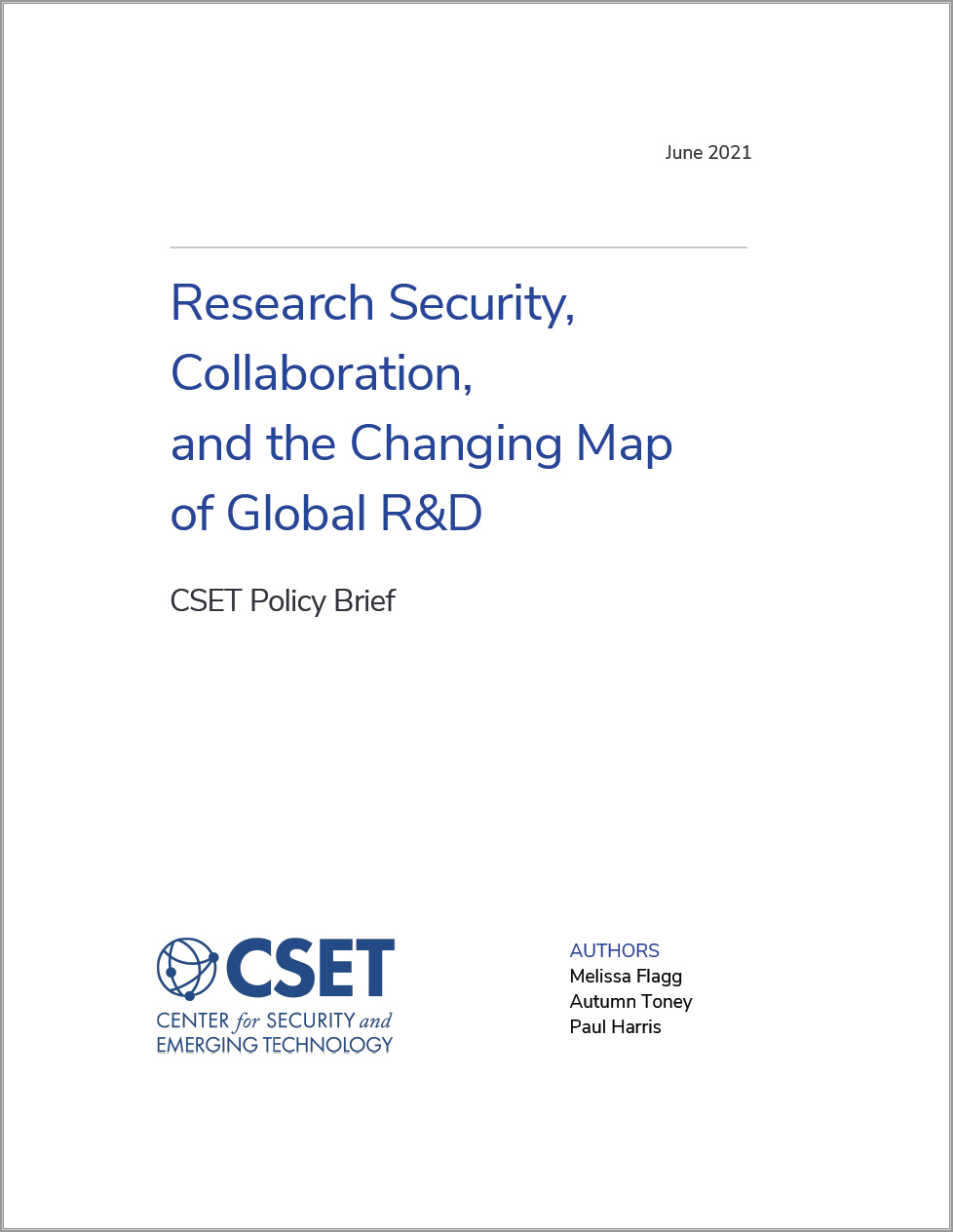Executive Summary
The global map of research has shifted dramatically over the last 20 years. Annual global investment in research and development has tripled and the United States’ share of global R&D funding and total research output is diminishing. The open research system, with its expanding rates of investment and interconnectedness, has delivered tremendous benefits to many nations, but it has also created new challenges to research integrity and security.
Our data shows significant variations across countries in how much, and in what ways, they rely on their collaborative links to the global research network. A more nuanced understanding of those differences is critical for assessing the unique cost/benefit calculations behind decisions to limit open engagement to address security concerns.
Takeaways:
- The United States has lost its leadership position in the scientific literature across many research fields, not only to China, but also to the European Union, over the last 20 years.
- Traditional U.S. partners, and particularly the Five Eyes countries (including the United Kingdom, Australia, and Canada) have significantly increased international research collaboration over the last 20 years, while China’s level of international collaboration has remained essentially flat.
- Strategies requiring U.S. allies to “decouple” from China in key fields of R&D will potentially hurt Five Eyes partners far more than either the United States or the European Union.
- Collaboration levels vary significantly by both country and research field, so strategies for research security will need to be fit-for-purpose. A one-size-fits-all approach to research security and international collaboration will not be effective.
- New strategies are needed for the United States to assess and leverage new knowledge produced in other parts of the global research system for its economic and national security. These new strategies should be grounded in up-to-date information about the dynamic map of global research.
